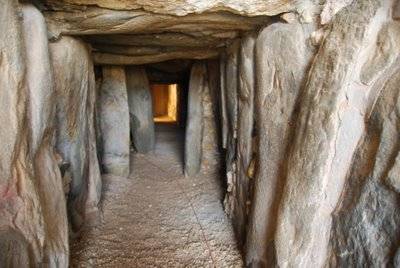Historical Background of the Dolmen de Soto
Unearthed in 1923 by Dr. Armando de Soto, the Dolmen de Soto is a remarkable megalithic tomb in Trigueros, Spain. Dating to around 3,000 BC, it stands as a testament to the engineering skills and beliefs of Neolithic and Chalcolithic communities. This massive structure served as a collective burial site, offering insights into their funerary practices and societal values.
Get your dose of History via Email
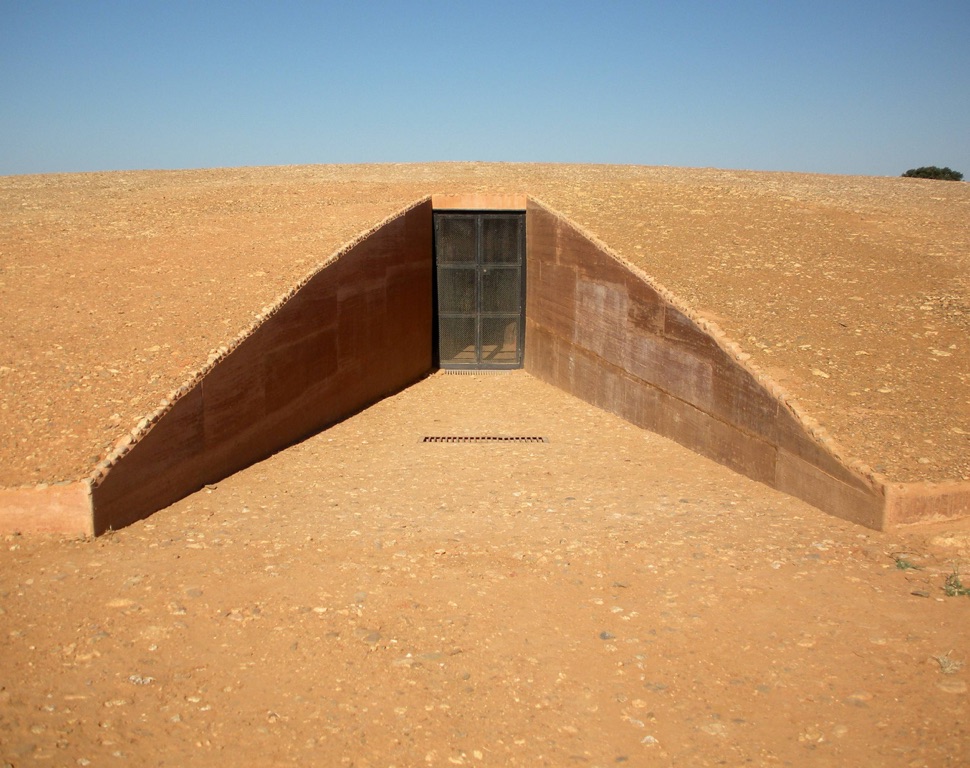
Constructed by Skilled Builders
The Dolmen de Soto’s impressive size reflects the considerable effort invested in its construction. Large stones, likely quarried nearby, were transported and erected without modern technology. The builders employed a dry stone walling technique, relying on the stones’ weight and gravity for stability.
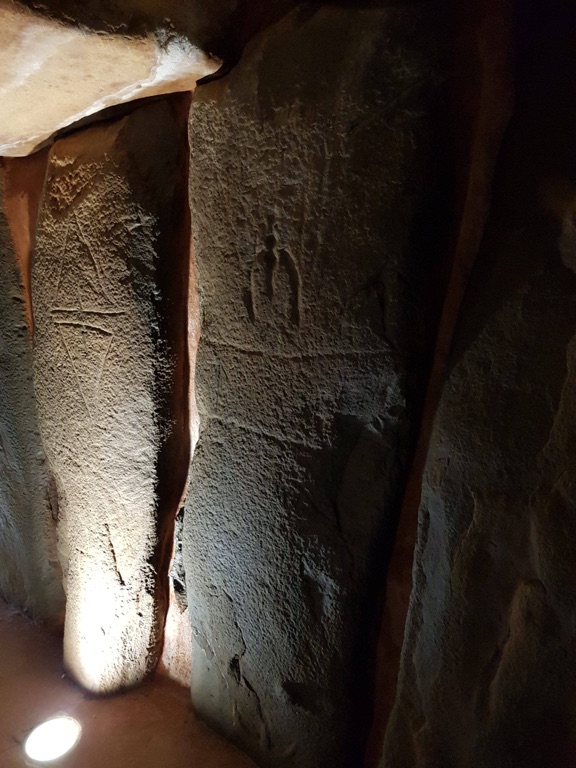
A Window into the Past
Over time, the Dolmen de Soto fell into disuse and was buried by earth, preserving it until its rediscovery. Archaeological excavations have unearthed human remains, pottery, and other artifacts. These finds shed light on the lives and rituals of the people who built and used the dolmen, suggesting a complex society with social stratification and a reverence for the dead.
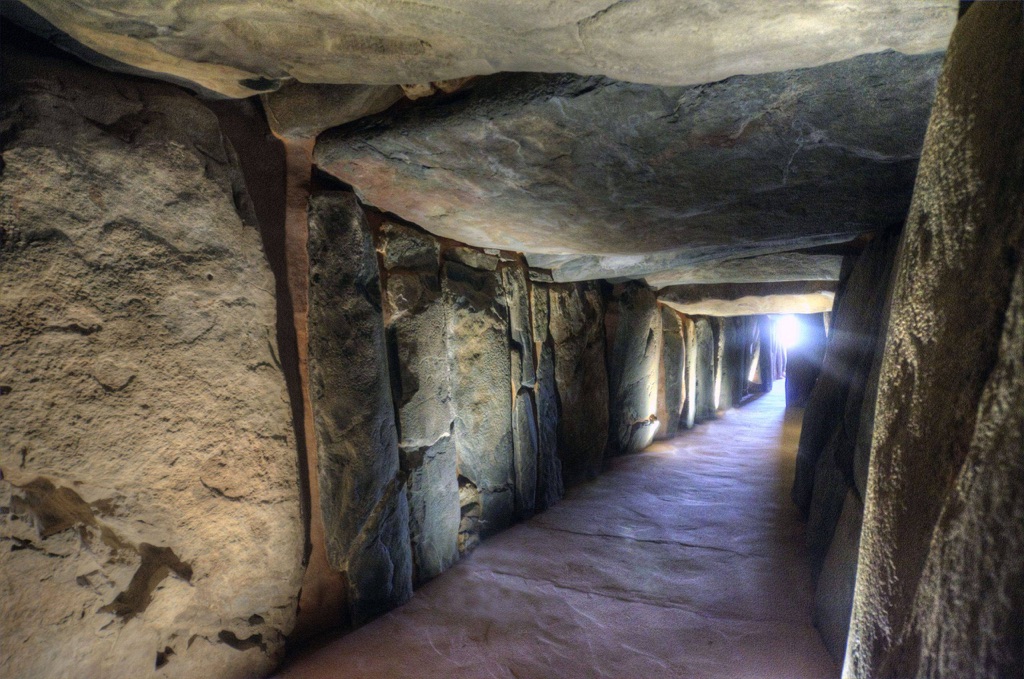
Dolmen de Soto Today
The Dolmen de Soto is now a protected cultural heritage site. Archaeologists continue to study it, and it attracts visitors eager to witness this ancient wonder. The site’s preservation allows for ongoing research, furthering our understanding of prehistoric societies in the Iberian Peninsula.
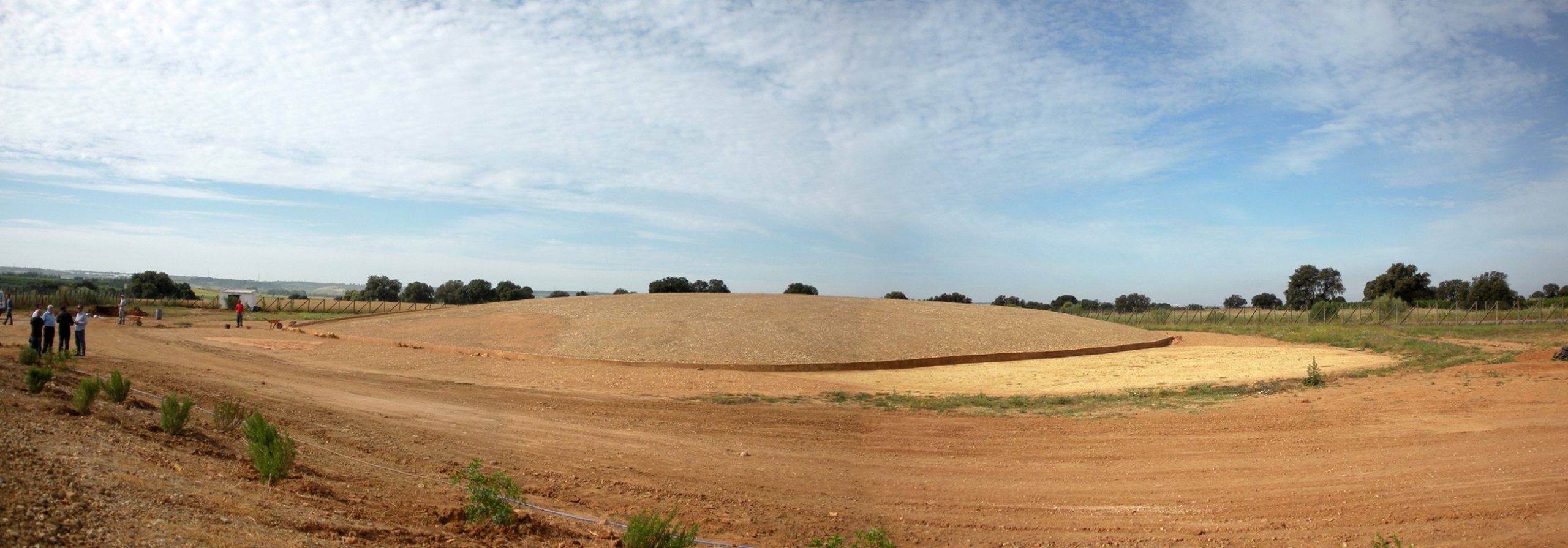
Architectural Details and Significance
The Dolmen de Soto is a megalithic passage tomb characterized by large stone slabs (orthostats) lining the chamber and corridor. Covered by an earthen mound (tumulus), the polygonal chamber itself is impressive. Leading to it is a 21-meter corridor, one of the longest in southern Spain.
The construction process likely involved significant organization. The porthole slabs, featuring circular openings between the corridor and chamber, are noteworthy. These elements likely held symbolic meaning, perhaps representing a passage from the living world to the realm of the ancestors.
The Dolmen de Soto’s alignment hints at a connection to astronomical events. The entrance corridor faces the winter solstice sunrise, suggesting this celestial event may have held religious or social significance for the builders.
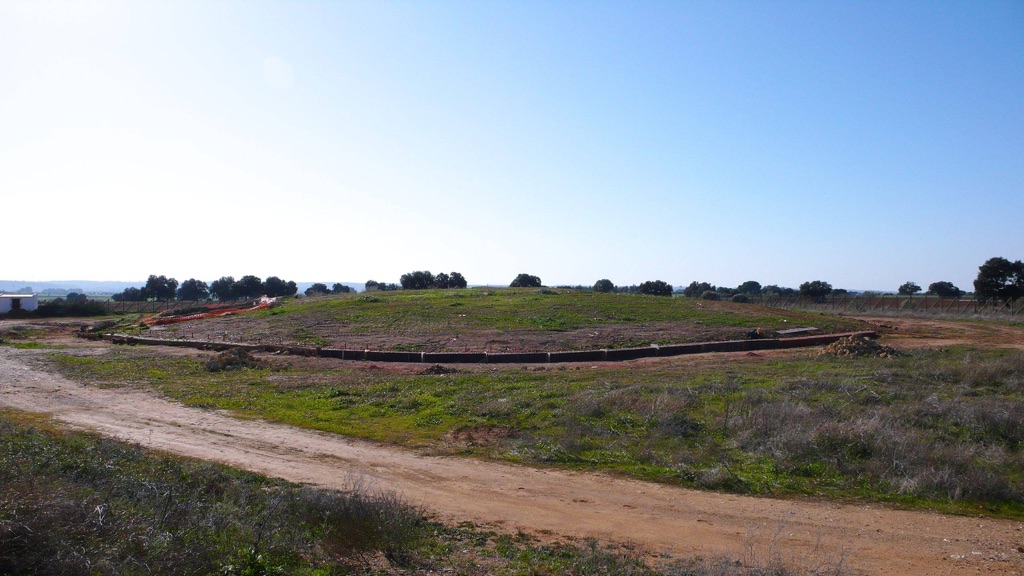
Theories and Interpretations
Most scholars agree the Dolmen de Soto functioned as a collective burial site for multiple generations. Human remains and grave goods support this theory. The elaborate construction and solstice alignment suggest the site held deeper spiritual meaning beyond its practical use.
The exact rituals performed within the dolmen and the societal structure of its builders remain mysteries. Artifacts offer clues, but much of the Dolmen de Soto’s history is open to interpretation and ongoing debate among archaeologists.
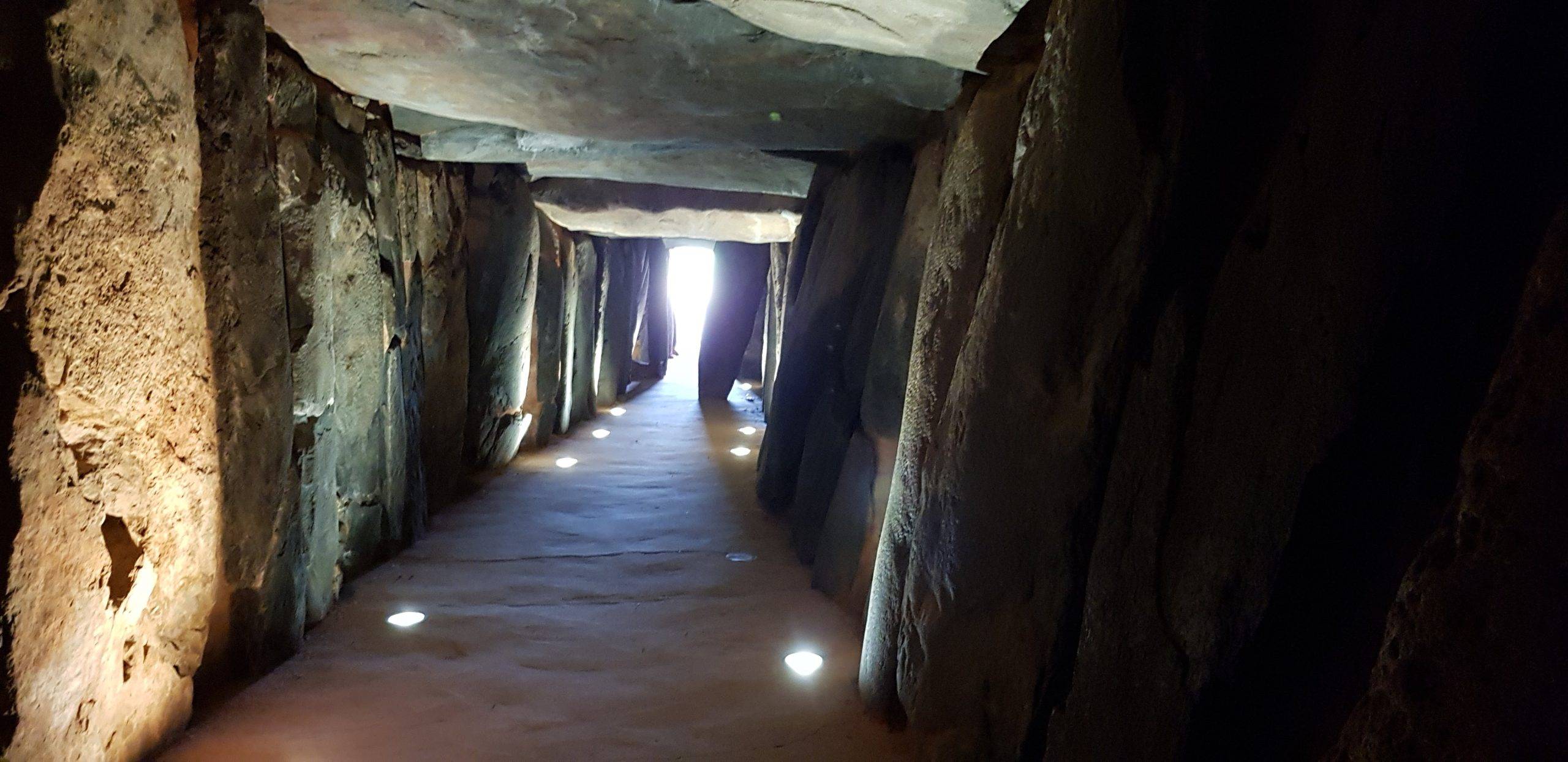
Modern dating methods, like radiocarbon dating, have helped establish a more precise timeline, placing the dolmen’s construction and use firmly within the Neolithic and Chalcolithic periods. As new archaeological methods and technologies emerge, interpretations of the Dolmen de Soto will likely continue to evolve, offering a clearer picture of this fascinating prehistoric monument.
At a Glance
- Country: Spain
- Civilization: Neolithic and Chalcolithic cultures of the Iberian Peninsula
- Age: Approximately 5,000 years old (circa 3000 BC)
Sources
Reputable sources used in the creation of this article include:
- Wikipedia: https://en.wikipedia.org/wiki/Dolmen_de_Soto


